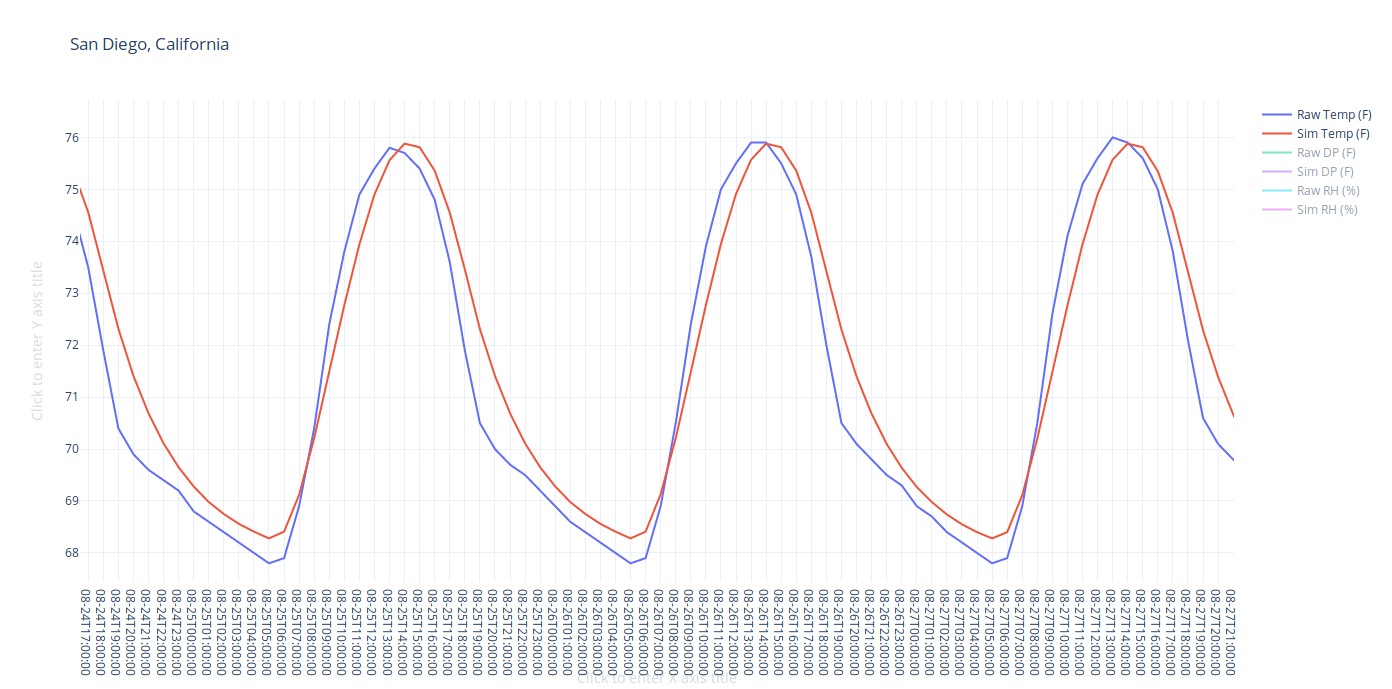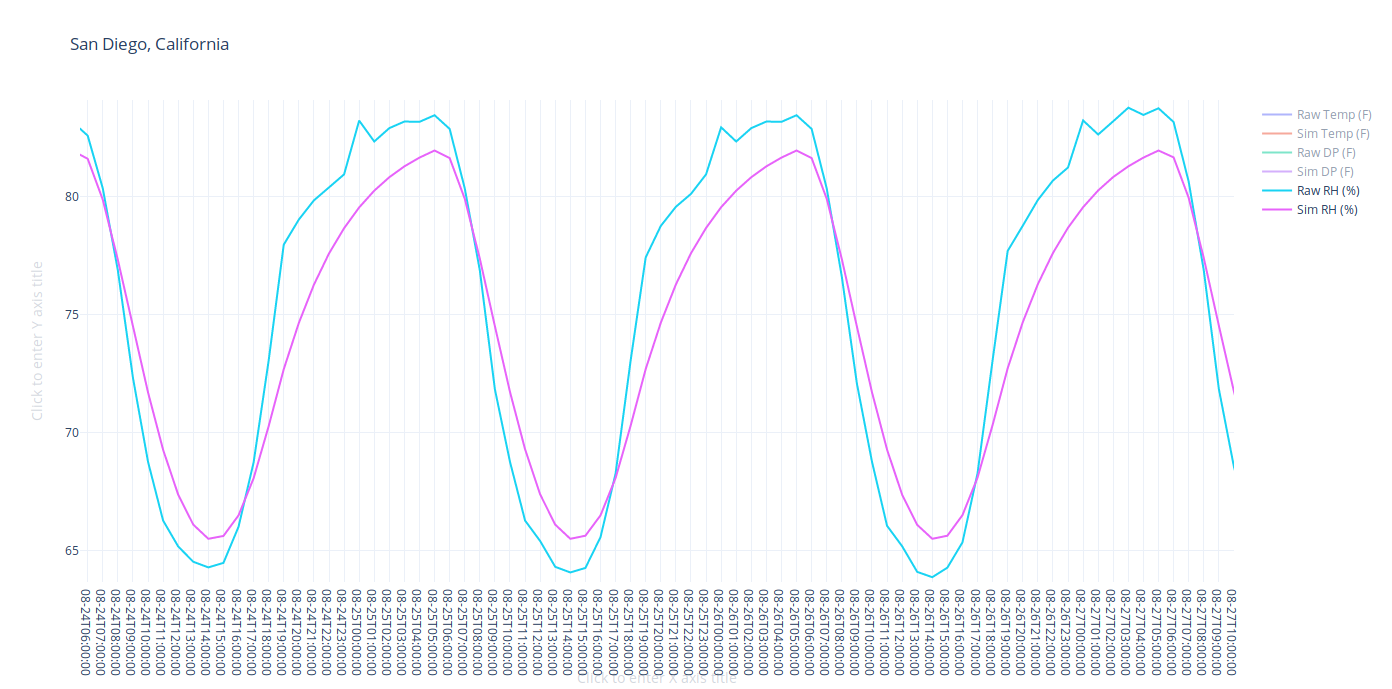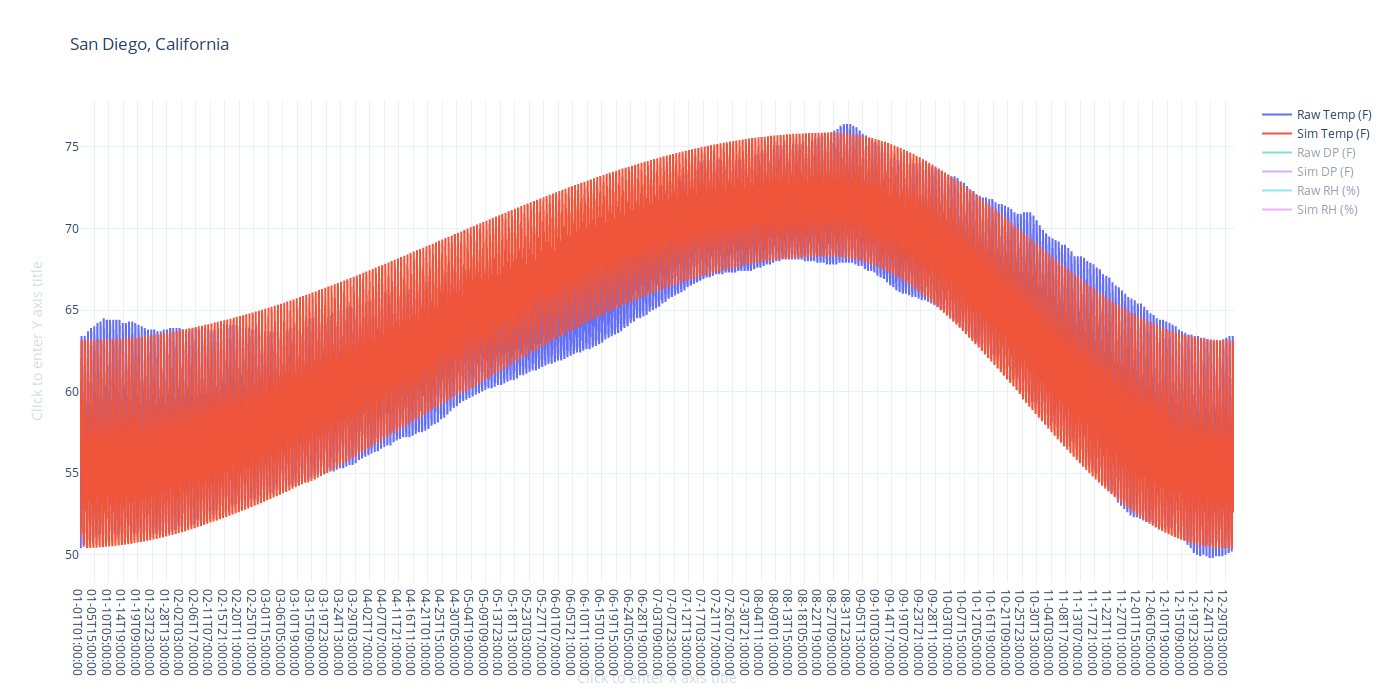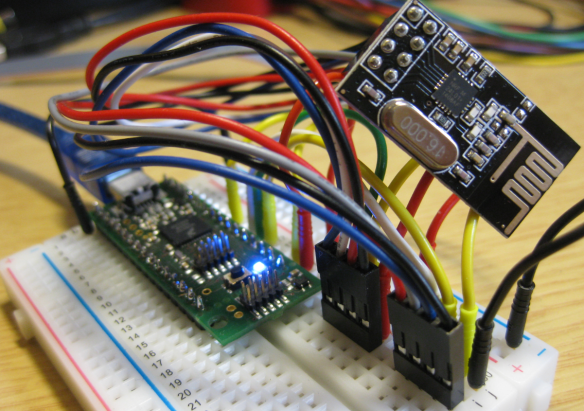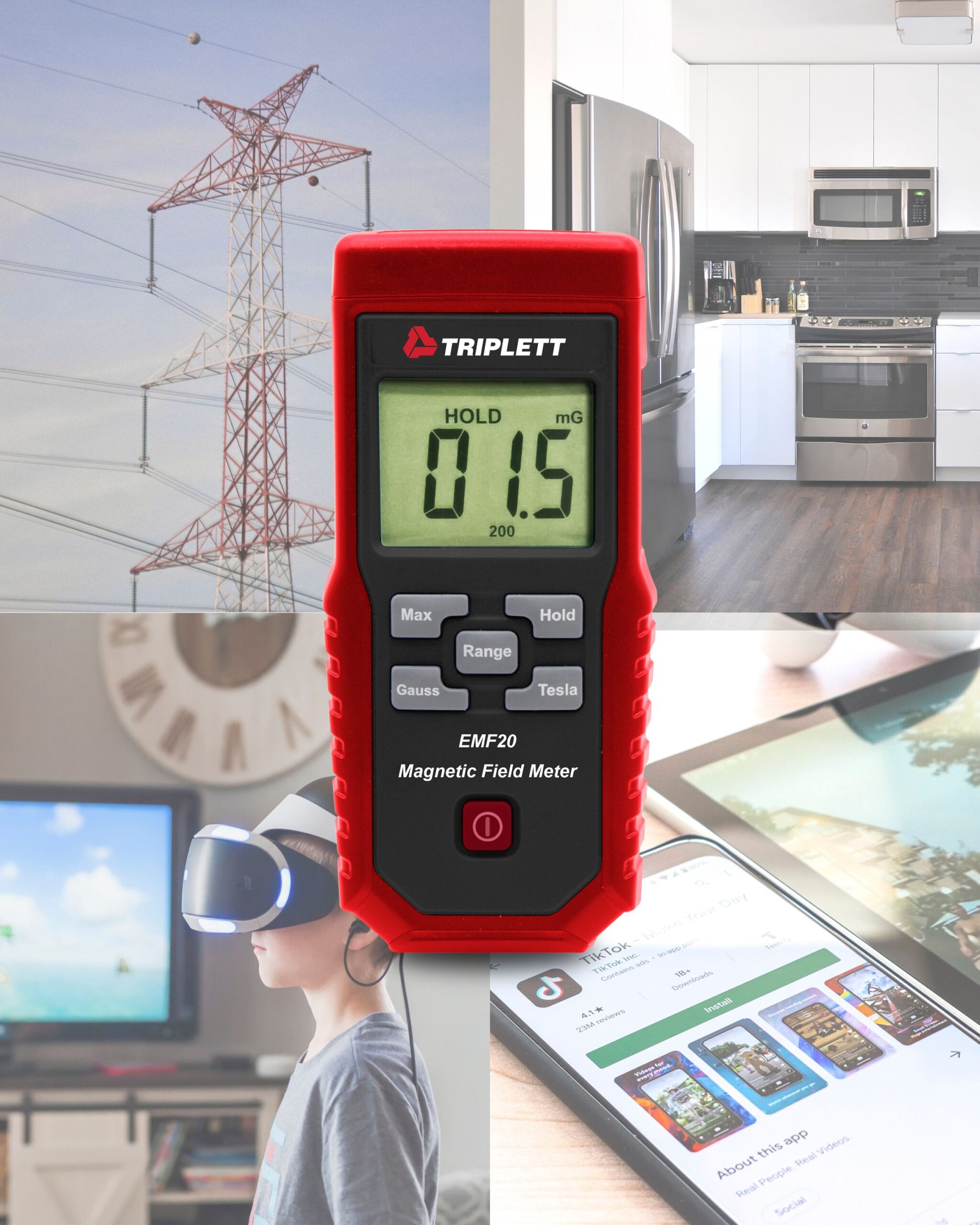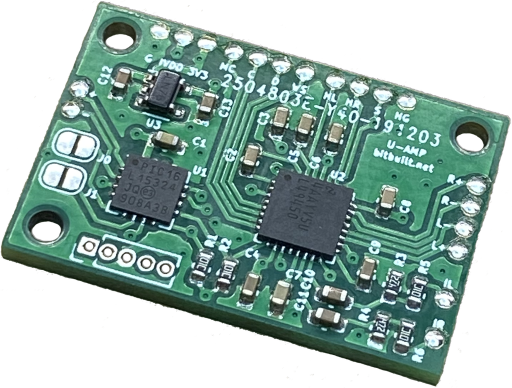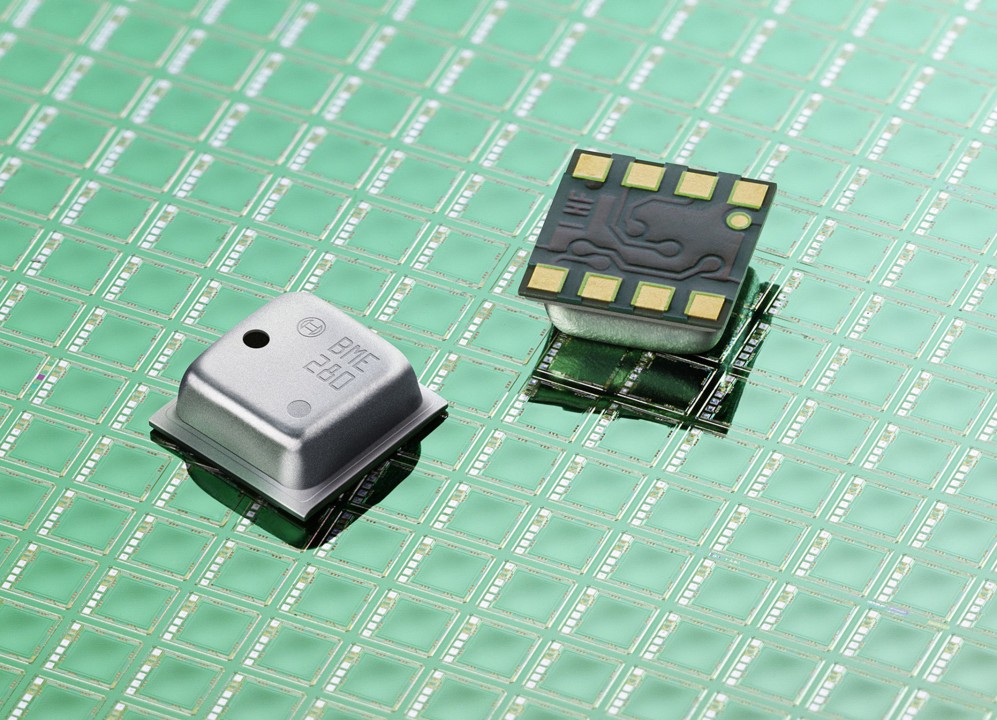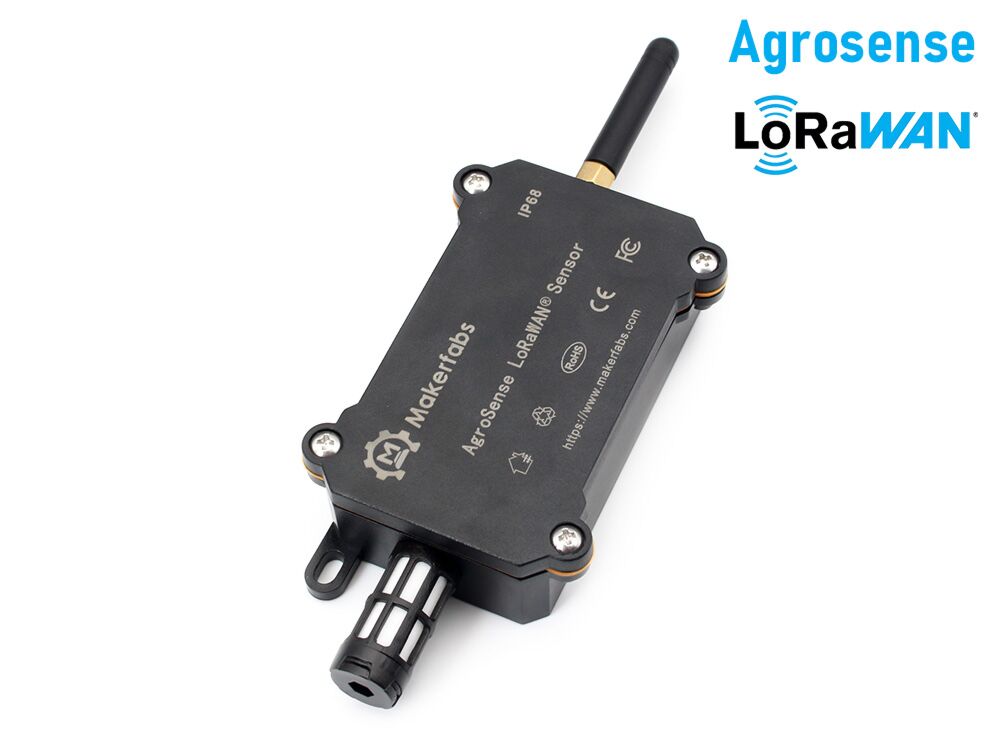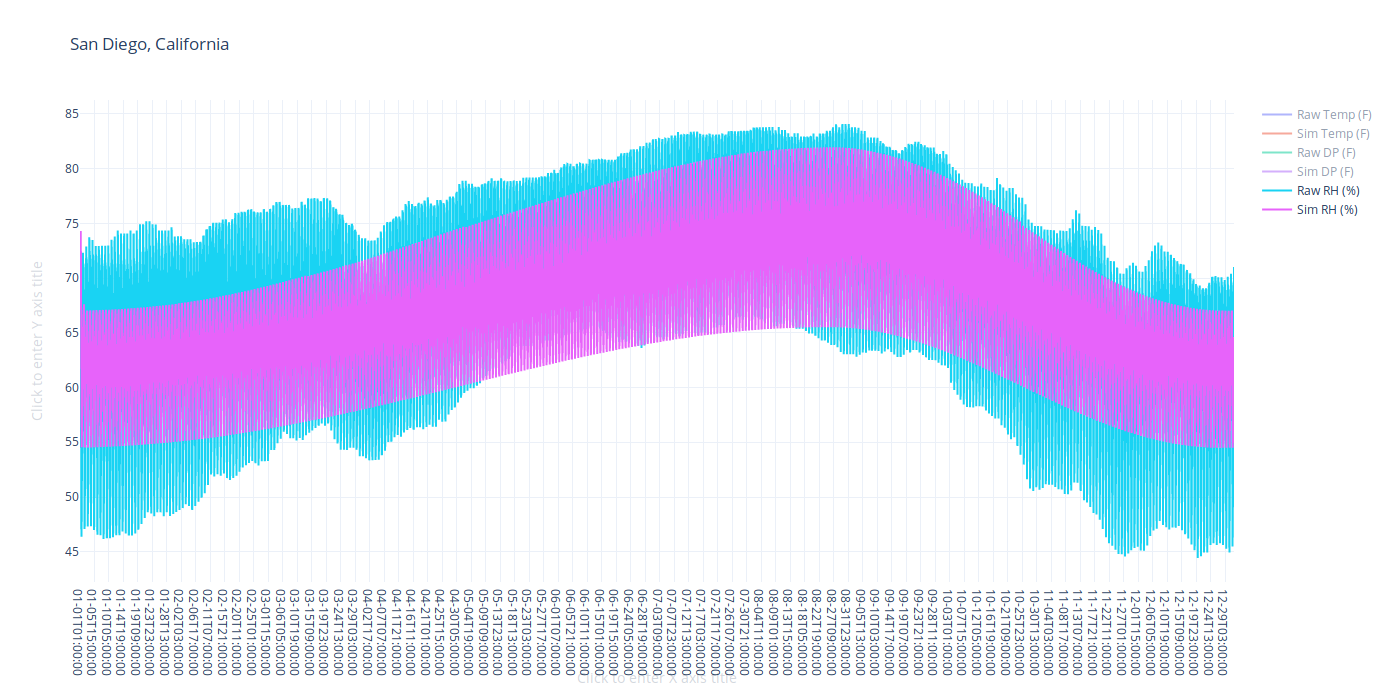
Norman – Arduino Library for climatic simulation of natural daylight, temperature, and humidity cycles
Norman is a climatic simulation library designed to run on an Arduino Uno for indoor and greenhouse automation projects. Arduino Library for mathematical climatic simulation of natural daylight, temperature, and humidity cycles using minimal data sets.
Given a set of parameters for a target locale, the library returns values for temperature, dew point, Relative Humidity, and daylight cycles (using the Dusk2Dawn library by DM Kishi). Because the library operates on mathematical projections instead of live-streamed climate data, this enables botanists and growers to simulate real-time climatic shifts not only for remote locations, but for specific seasonal windows within those locations.
How does it work?
Daylight
Norman makes extensive use of the Dusk2Dawn library, by DM Kishi. It relies on Dusk2Dawn to retrieve daily times for sunrise and sunset based on latitude, longitude, and timezone of the target location. Optionally, it anchors these daily light cycles to solar noon of local daylight schedules. This enables users utilizing a greenhouse to incorporate photoresistors and PWM driver control for the purposes of energy-efficient supplemental lighting if so desired.
Temperature and Humidity
Yearly temperature and dew point trends can be loosely expressed by a sine wave in most climates. This means we can project daily minima and maxima as long as we have minimum and maximum values for the hottest and coldest days of the year, as well as the indexed locations of these days for the target location. Seasonal lag was loosely accounted for by modifying the width of this sine wave based on the number of days between the hottest and coldest days of the year (relative to the current time). Daily patterns for temperature and dew point were more complicated. I used a polynomial function for daytime shifts, an exponential function for nightly decay, and a regressive anchoring system in order to create smooth transitions between day and night cycles while continuing to follow the annual sine wave. Relative humidity is retrieved using these temperature and dew point projections. This enables users to incorporate these projected values into climate control applications using popular temperature and humidity sensors (DHT11, DHT22, BMP280, etc.).
Does it only calculate values for the current day?
No. It can be programmed to mimic conditions for any time of the year, from any time of the year. Optionally, users can designate the length and starting point of a “season,” and repeat the projected conditions of this time period over and over again without having to re-flash the sketch. This method retains the (optional) functionality of anchoring target daylight cycles to local cycles happening in real time.
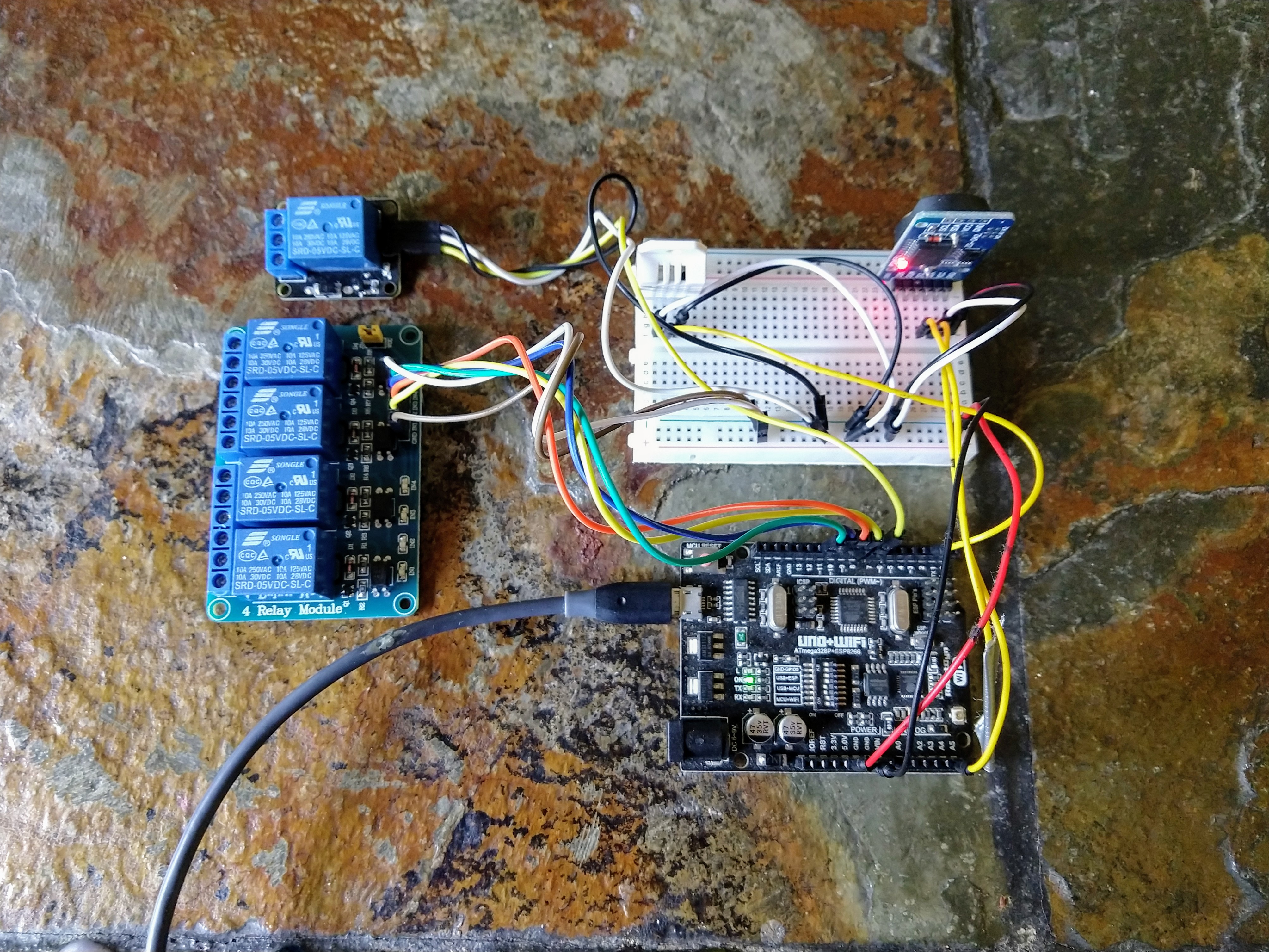
How accurate is it?
That’s a complicated question. You can see for yourself at my plot.ly page. I tested a dozen US cities to see how my projections would stack up, and I think it did alright, considering how crude it is. Seems to do a lot better in coastal and continental climates than mountains and deserts. I’ve got some ideas of how to improve its consistency, but addressing those issues would necessitate the time and labor of people who actually know what they’re doing. As it is, I’m ready to move on to other projects, so we’re calling it as done as done gets.
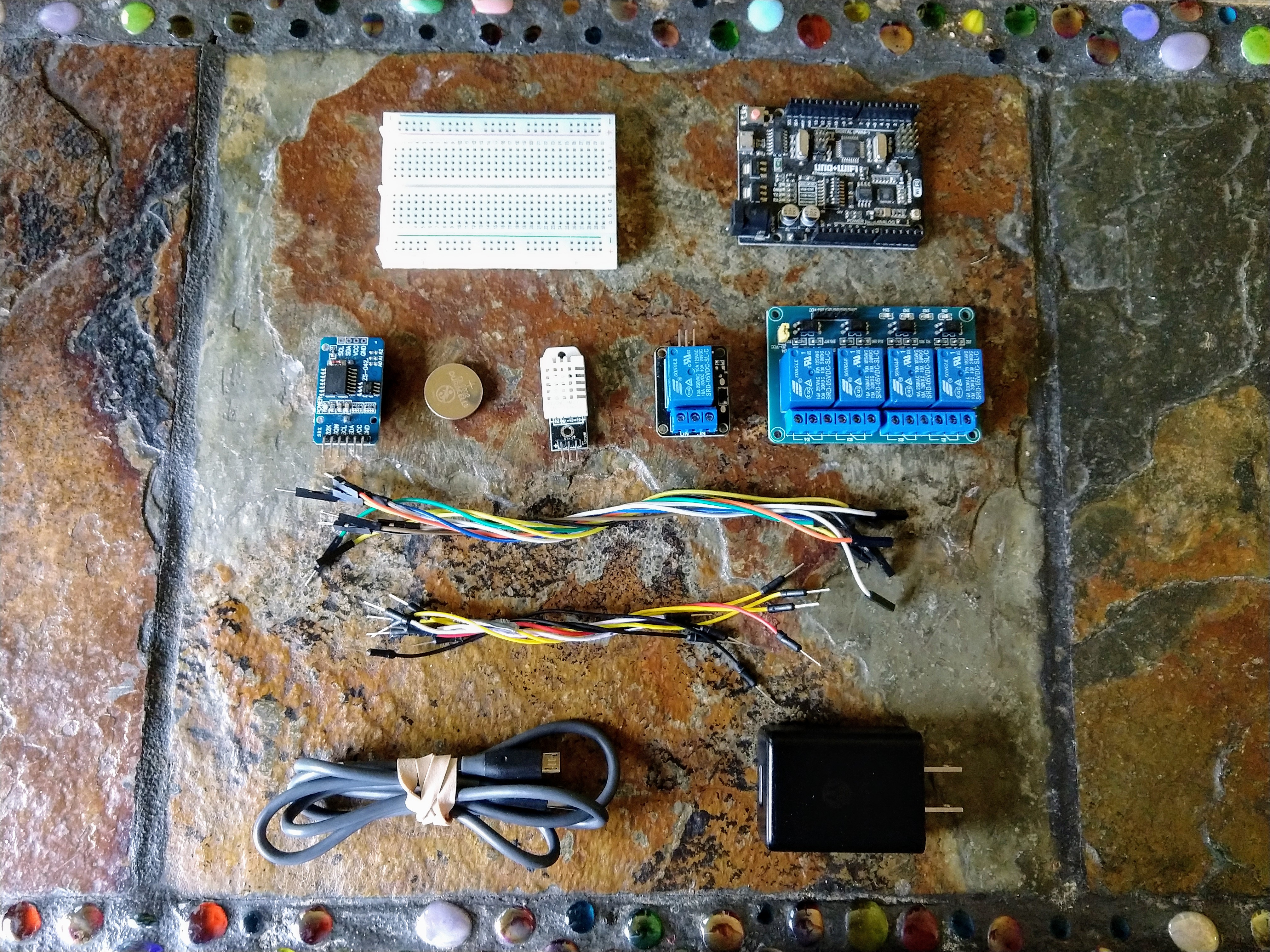
Why are you writing all this?
Because I hope that my dumb little project will inflame the curiosity of smart people. I want other people to do this better, because I think a comprehensive mathematical model that can accurately simulate remote climatic conditions might have some exciting implications for agricultural development and botany. If you are interested in taking a swing at it, contact me. I can put you onto some questions and observations that might help you get started. Probably the first order of business would be whipping up some sunrise and sunset functions that build and fade naturally based on solar elevation and azimuth. It would also be rad if someone sent me a picture of them growing passion fruit in Siberia using my garbage code and a $10 microcontroller.
Although testing scripts can be run on an Uno with no additional modules, a working prototype requires a temperature/humidity sensor (such as a DHT22), a real-time clock module with battery backup (I prefer a DS3231), and some means to control the operation of external growing equipment (lights, fans, heaters, AC units, humidifiers, etc). I used Songle 5v SPDT relays in my working prototype (pictured), but a 433mhz RF or WiFi transmitter would be more scalable for larger projects.





